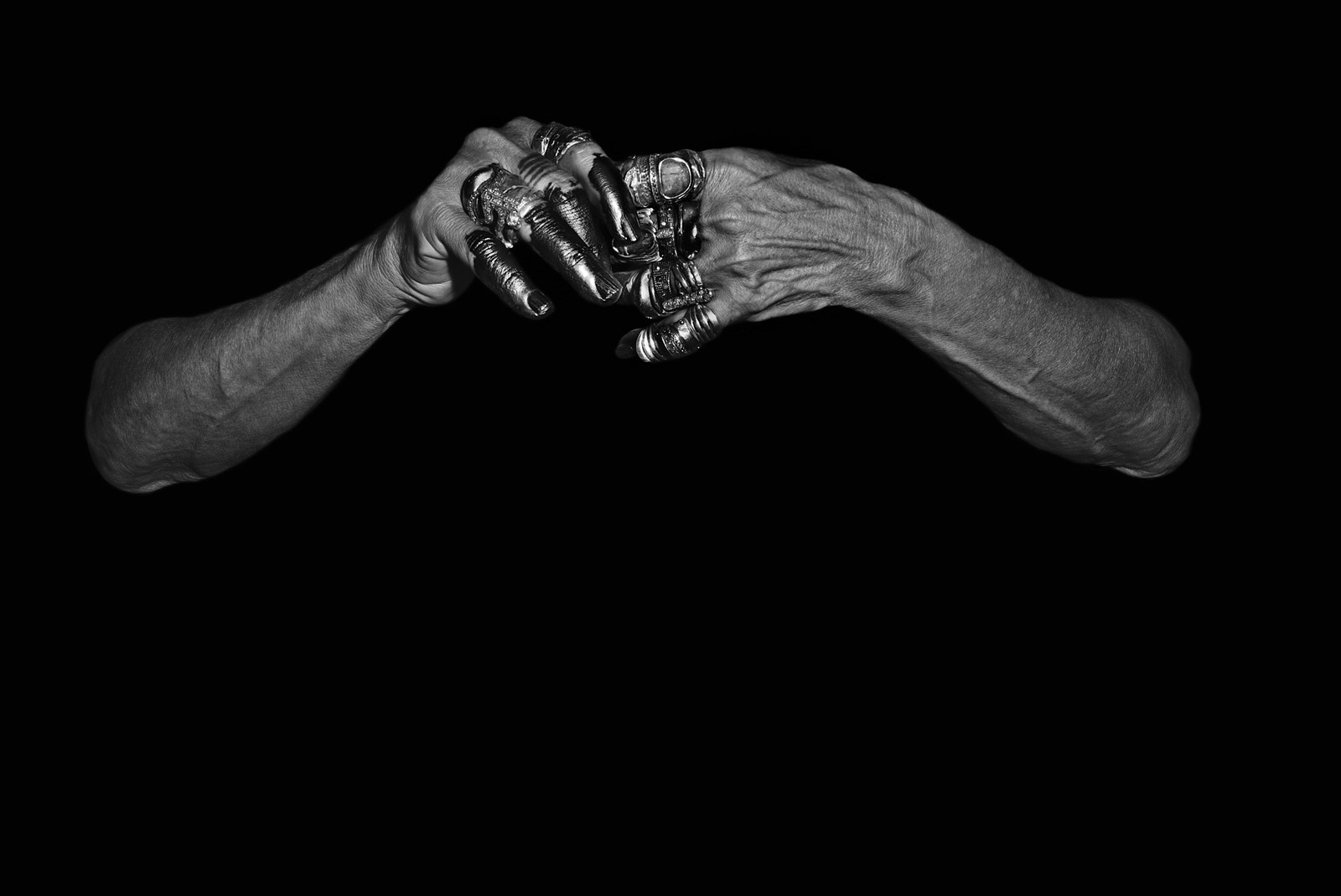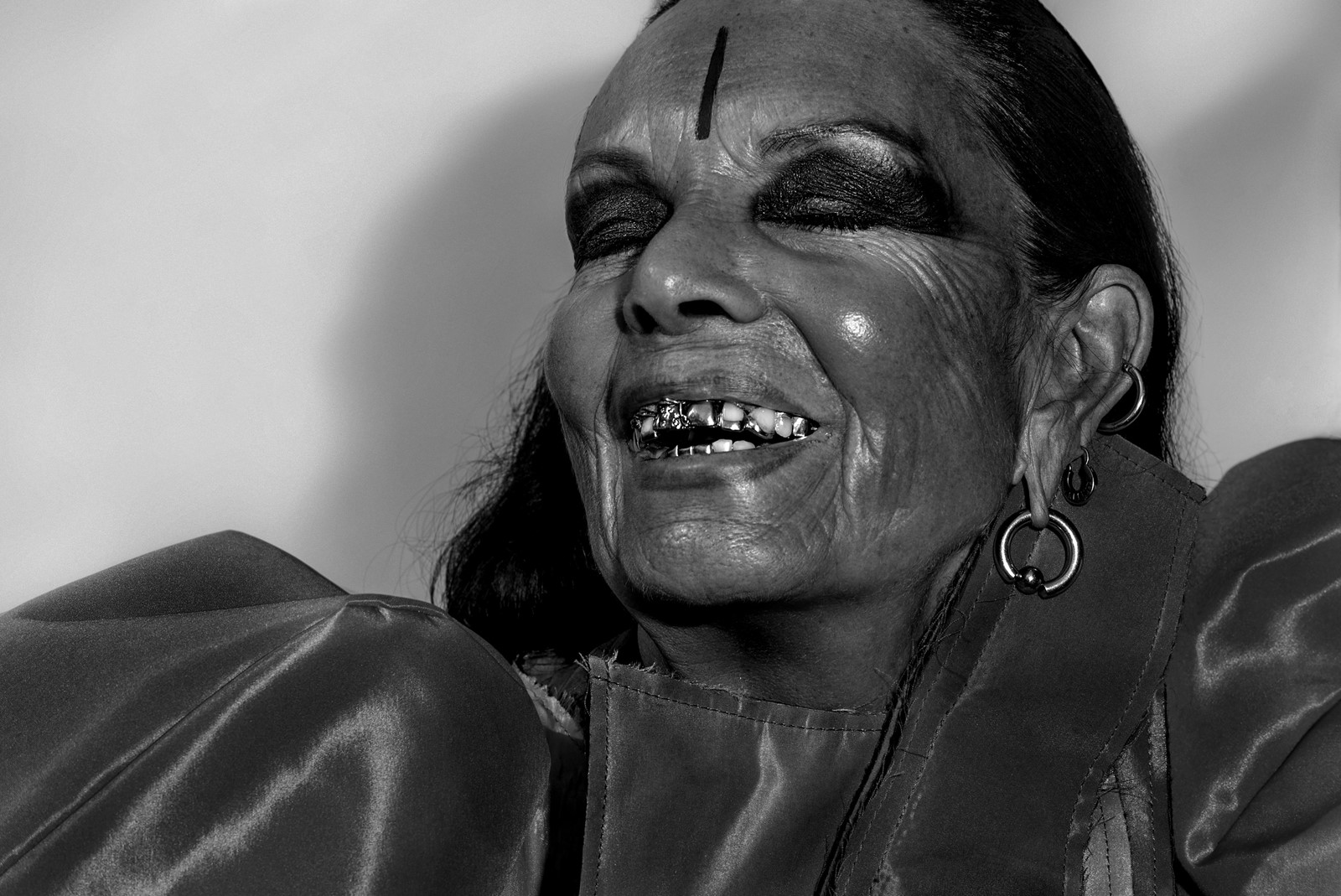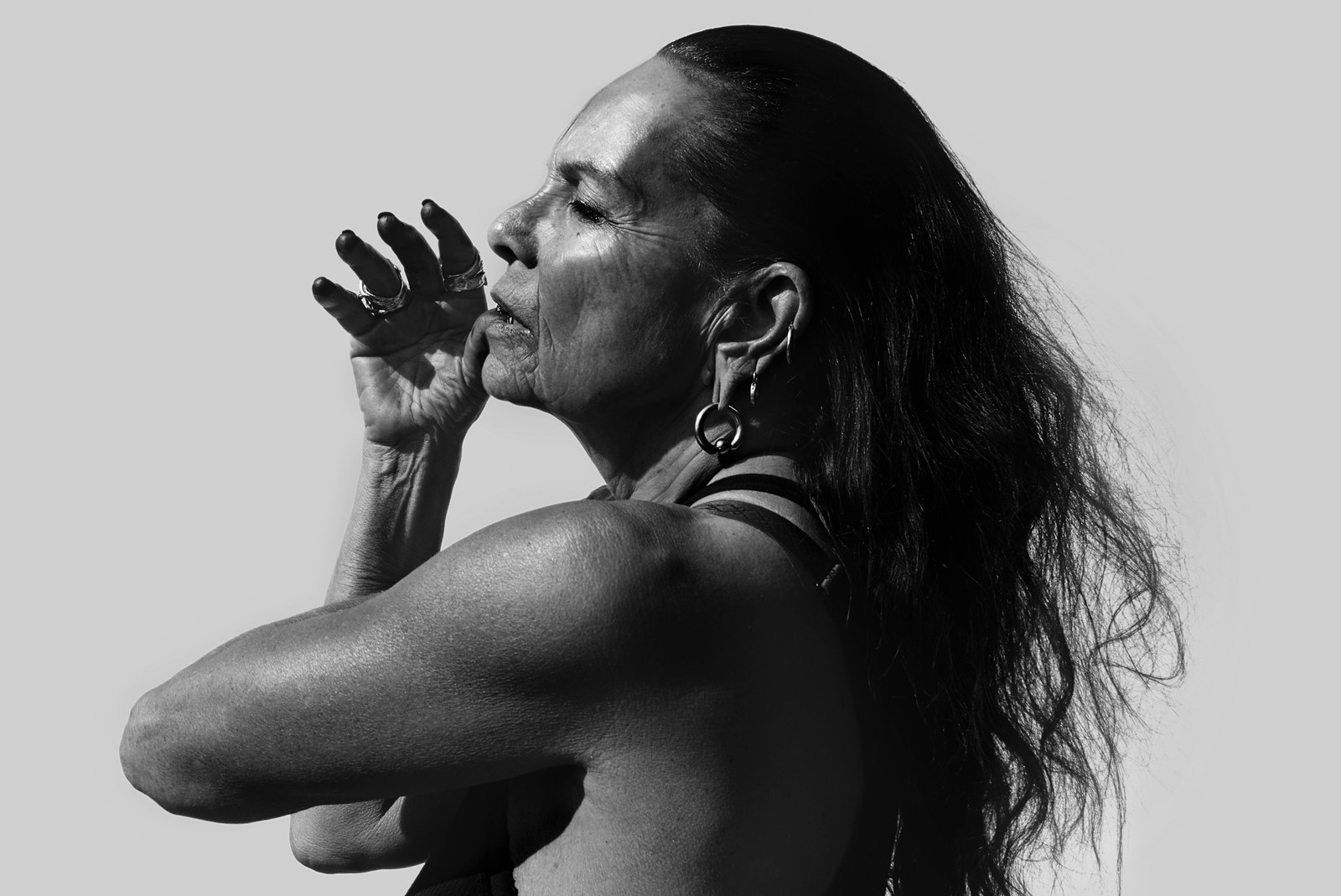Last night saw one of the most remarkable occasions in fashion’s recent history: the alignment of two seemingly disparate spheres, of the Metropolitan Museum of Art and Comme des Garçons, in celebration of the Costume Institute’s exhibition of Rei Kawakubo’s work. As has often been mentioned since the exhibition’s announcement in October last year, Kawakubo is only the second living designer to be honoured in such a fashion – Yves Saint Laurent, in 1983, was the other – and, as Lynn Yaeger aptly noted in her interview with the notoriously tight-lipped designer, “Kawakubo is undeniably influential, a cult figure in the industry, but her designs are far from Saint Laurent’s easy trenches and sexy smokings.” It is certainly a left-field unison: as Susannah Frankel also wrote, “There is nothing more establishment than the Metropolitan Museum of Art, after all, and nothing more anti-establishment in this industry than Comme des Garçons.”
“The only reason I would go to the ball is for Rei, is for Comme, is for this…” – Michèle Lamy
“To see all of this community coming to celebrate her… I am like a little girl jumping up and down!” exclaims Michèle Lamy, one of Kawakubo’s most enthusiastic advocates, the afternoon before the event. When I speak with Lamy she is in the middle of getting ready for the Met, where she will sit at a table with her husband, Rick Owens, alongside Kawakubo and her husband (Comme des Garçons President and CEO) Adrian Joffe, and her eyes are in the process of being darkly shaded. “What an exciting day! The sun is out, everyone is taking care of me. The only reason I would go to the ball is for Rei, is for Comme, is for this…” We are speaking on FaceTime, and it is funny – not only because Lamy is as enchanting over WiFi as she is in person, her deep, throaty laugh making its way across the Atlantic as it does – but because getting ready for the ball has become as much a part of the Met experience as the show it celebrates, and Lamy’s preparations are somewhat different to most: there is far less contouring and concealing going on here (“wrinkles are chic,” she grins).

Two years ago, social media and photography were banned from inside the Met Gala and, as such, documenting one’s preparatory rituals has become a particularly visible phenomenon; it’s the only time when stars can directly engage with their followers. On Instagram Stories, Eva Chen talks us through the step-by-step process of designing her Erdem dress; Karlie Kloss tells us about working her core at a Soho gym; EmRata says she is “getting Met ready with [her] fav uplift tool by @nursejamiela” (commercial affiliations truly come into their own here). Lamy, on the other hand, has just finished freshly staining her fingers black (after years of my wondering, she tells me that she uses a hair dye called Biyen in Shade 59 – and I’m confident that there’s no sponsorship deal going on there). It is all brilliant, and bizarre, and to see a determinedly subcultural community infiltrate this glossily made-up context is even more brilliantly bizarre still.
“I suppose there was punk spirit in every age” – Rei Kawakubo
I ask Michèle what she is planning to wear; after all, she has a particularly impressive Comme des Garçons archive, so big that she has built a room for it next to the factory that produces Owens’ clothing (“otherwise I would need to have some kind of Versailles!”). She pulls out a showpiece from the Autumn/Winter 2016 runway, a dress built from voluminous folds of red fabric, part of a collection that Kawakubo described as “18th-century punk”. It is huge, and looks like it would be unwieldy, but Lamy says that as soon as she puts it on it feels (literally) balanced, that she feels ready to do something new, that she feels proud. “I suppose there was punk spirit in every age,” Kawakubo said of that collection. “I was thinking that there had to be women in the 18th century who wanted to live strongly. So I designed what I imagined this type of woman would have worn.”

Such a sentiment feels particularly powerful when worn on a red carpet in 2017 America, at the very heart of its celebrity culture, where the anarchic spirit of revolution is more necessary than ever. This is the same occasion that Donald Trump once used to propose to Melania; the same red carpet that André Leon Talley has termed “the Super Bowl of fashion.” To see a designer like Rei Kawakubo take centre stage here, somehow subverting the system from within, is punk rebellion at its very best. I ask Lamy what she loves about Comme; she replies, “that will take a long time to answer,” concluding simply “that it comes from the guts”. I ask if she ever thinks of make-up as a tool for self-perfection instead of self-expression. She asks, “perfect for what?” It is statements like these that make her such a fitting ambassador for a brand that has never kowtowed to the industry, that has built its business on the originality, innovation and sheer audacity of its designer.
“Who says you have to follow the lines?” – Michèle Lamy
Conversation returns to Lamy’s fingers, and I ask her how she first started dyeing them. “I always wanted to have black nails, but I don’t like polish so I use dye,” she says. “From there, who says you have to follow the lines?” Later, when Lamy enters the gala, dressed as an 18th-century punk and wearing her trademark black line painted down her forehead, she interrupts a stream of glossy A-Listers wearing satin gowns and precisely-positioned bronzer. Her presence is powerful, beautiful and disruptive. Like Kawakubo, she makes a staunch case for never following the lines.
Hair Sabrina Szinay at The Wall Group; Make-up Erin Green at Art Department; Production Beth Mingay
